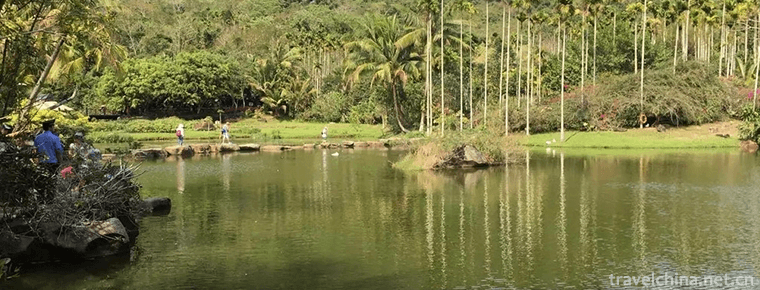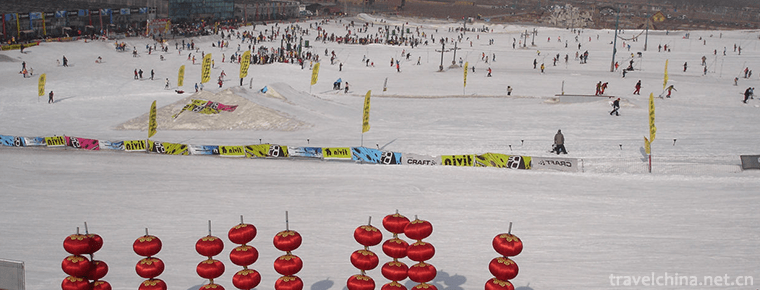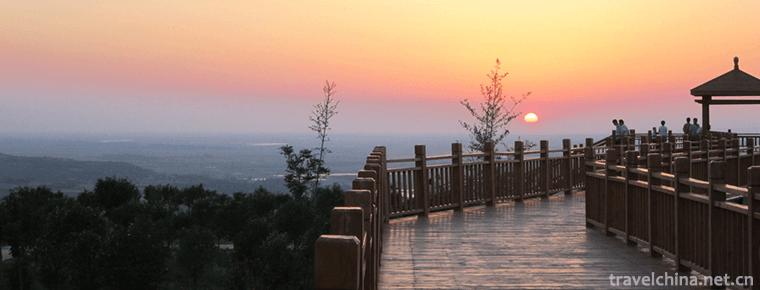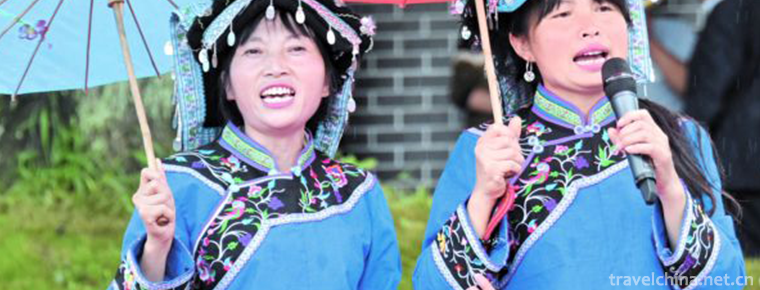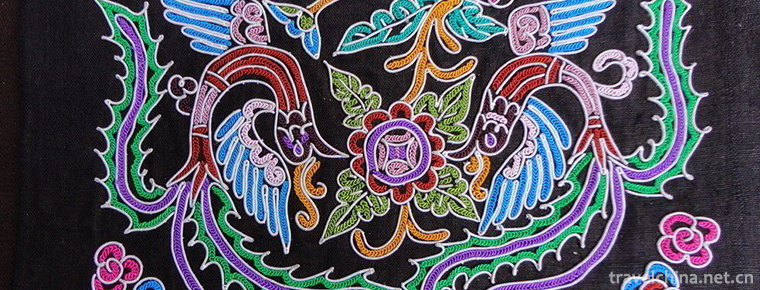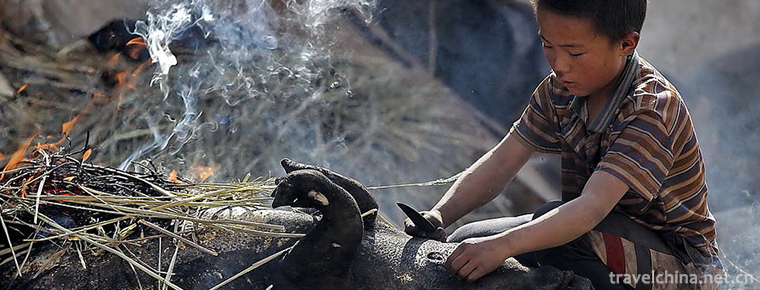Liaoning wind and percussion ensemble
Liaoning wind and percussion ensemble
Liaoning drum music, commonly known as drum music. It is one of the traditional folk instrumental music in China. Liaoning drum music is divided into Suona music and Sheng wind music, and according to its style and performance repertoire, it is divided into six local factions, namely, southern Liaoning, western Liaoning, Eastern Liaoning, Shenyang, northern Liaoning and Chaoyang. It is one of the important manifestations of Liaoning folk daily festival etiquette activities.
On May 20, 2006, Liaoning Drum Music was approved by the State Council to be included in the first batch of national intangible cultural heritage list.
historical origin
Liaoning drum music early for the Sheng wind music, the Ming and Qing Dynasties joined the Suona music, the mid-Qing Dynasty band finalization and maturity. From the repertoire point of view, it retains a small number of Tang and Song opera cards, most of which are Yuan, Ming, Southern and Southern Opera and Ming and Qing Opera cards; from the structure point of view, drum music is very rigorous, each type of music has a certain structure model, the number of plates is very strict. Especially the Han and Dapaiziqu have obvious structural traces of Daqu in Tang Dynasty and Song Dynasty. From the tone of some music, Liaoning drum music is obviously influenced by the music of northern minorities (such as Qidan and Nuzhen). In terms of tune, the "35 tunes" formed by borrowing words in Liaoning drum music actually originated from the "palace changing tunes" in Tang and Song Dynasties, which belongs to the "28 tunes of Yan music". In addition, the seven tone names of Suona in Liaoning drum music provide important clues for the study of the development and evolution of Suona form.
artistic characteristics
Liaoning drum music mainly has two kinds of performance forms: Suona music and Sheng wind music. The two kinds of music are independent - they use different instruments and have their own special music. Suona music takes Suona as its main musical instrument. It also has drums, cymbals, music (clang), gongs, trumpets (or picks) and so on. It has two forms of performance, sitting music and playing music: sitting music, also known as sitting hall, sitting shed, and sitting-style performance by artists. When playing, all the instruments take part, so it is also called "the whole hall". Suona sitting music can be divided into "red things" performed at the full moon for babies and "white things" performed at funerals and anniversaries. There are two suonas (small suonas under 240 mm only), one tanggu, one cymbal, one musical instrument and one pickup trumpet used in Hongshi music in all regions; two suonas (big suonas above 390 mm), one cymbal, one musical instrument, two trumpets (or pick-up trumpets) are used in Baishi music. Because of the different combination of instruments and the different content of performance, sitting music also has the performance forms of big Sheng trumpet, small Sheng trumpet, cards, dumb opera and so on.
In addition to the form of sitting music, drum music is needed to follow in some traditional folk activities such as greeting relatives, worship villages, funerals and so on, so there is a music industry, but it uses few instruments, and most of them are portable instruments.
In Liaoning drum music, Sheng wind instrument is mainly composed of wind (single or double) and Sheng, usually one pipe with two sets of Sheng. Others include hall drums, cymbals and music. Flute, huqin, pendant and dulcimer can also be added. Sitting music is also the main form of Sheng wind music.
Liaoning drum performers are professional and semi-professional artists. Professional artists make a living by playing drums; semi-professional artists mostly engage in agriculture, handicraft industry, etc. They work in agriculture or handicraft industry in busy hours, perform in leisure or in ceremonies, and receive remuneration. Liaoning drum music mostly plays in folk wedding and funeral ceremonies, with two forms of performance, sitting hall and walking. Sitting in the hall is playing in front of the happy family or the bereaved family, while walking along the road of greeting relatives or funerals. When sitting in the hall, more large-scale music is played, while on the road, more short music is played.
The repertoire of Liaoning drum music includes Yuan, the brands of Southern and Northern Opera since Ming Dynasty, opera singing, folk songs and instrumental music, etc. In performance, musicians often play freely at the end of the tune, with warm emotions and strong skills.
Liaoning drum music has its own inheritance pedigree. It is based on folklore, takes family class as its lineage, adhering to the ancestral motto of "Teachers lead apprentices, oral imparting heart". It has been passed down from generation to generation. Its inheritance genealogy can be divided into three periods: late Qing Dynasty and early Republic of China: Zhang Shiwen (1850-1921), artistic name Zhang Fa as a generation of hereditary masters; class and community groups represented by "Fushengtang". Before and after the founding of the People's Republic of China: Zhao Eryan, He Qize, Zhou Qiying, Guan Xiren, Lu Shengyan, Wang Shibin, Jiang Hongru and other nationwide famous musicians, artists and performers emerged in this period; there were also a generation of famous figures such as Hu Haiquan, the successor representative of the Southern School. Before and after the reform and opening-up: the rookies represented by Hu Chunbo, Hu Haibo, Song Lianbo and Lu Kun.
Representative works
Early Liaoning drum music was mainly composed of Sheng wind music. Suona thrived in the Ming Dynasty. After a long period of germination and development, Suona music developed mature and complete around the end of the 18th century, and merged with Sheng wind music as early as possible to form Liaoning drum music with today's pattern. Liaoning drum music can be divided into six local style schools from the aspects of style characteristics, performance repertoire and the use of musical instruments, such as southern Liaoning, western Liaoning, Eastern Liaoning, Shenyang, northern Liaoning and Chaoyang. There are abundant repertoires of performances in various places, such as Suona music, Chinese music, big-brand music, small-brand music, gongbanqu and so on. Among them, a large number of ancient music in Tang, Song, Yuan and Ming Dynasties, such as "Four Breaks" and "Liuqingniang" were retained. The common repertoires of Liaoning drum music are Gongchi Shang, Meihua Diao, Shangcai Qu, Juju Shuang and Osmanthus fragrans.
Inheritance significance
Liaoning drum music is still in vogue, but the traditional repertoire has been decreasing, especially the big-brand ziqu and Han music. Few performers can complete the performance. There is an embarrassing situation that drum music is flourishing and traditional music is endangered, which needs to be protected by relevant aspects.
There are 9 non-legacy drum music projects at or above the municipal level in Liaoning Province. The national directory projects include Liaoyang Drum Music, Dandong Drum Music, Jianping Ten Kings Association, Fuzhou Drum Music is a provincial directory project, and the municipal directory projects include Xiuyan Folk Drum Music, Jianchang Drum Music, Haicheng Drum Music, Chaoyang Drum Music and Yuzhou Drum Music. Although there are still many drum music groups active in the province, the survival of drum music is still not optimistic, such as the serious shrinkage of the performance market, the lack of representative inheritors, and the need to excavate and inherit traditional music.
Drum troupes play more minor brands of miscellaneous songs, and Yangko tunes and modern repertoires are more common. The excavation and inheritance of traditional drum music needs to be improved. At present, only a few drum troupes can play Chinese and major sub-tunes in a complete way.

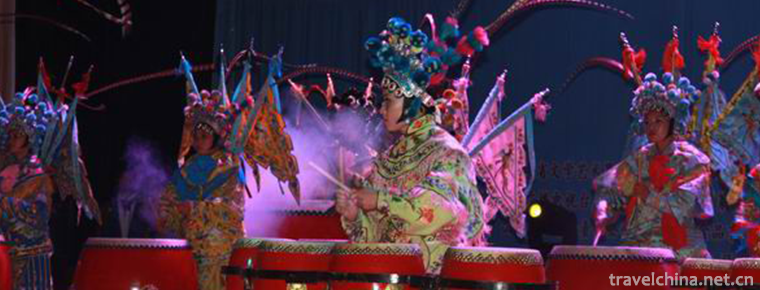
-
Yanoda Tropical Rainforest Scenic Area
Yanuoda Tropical Rainforest Scenic Area is the only tropical rainforest located at 18 degrees north latitude in China. It is the concentration of five tropical rainforests in Hainan Island.
Views: 122 Time 2018-12-12 -
two dragons mountain Erlongshan
Erlongshan is the first national AAAA class tourist area, known as "Harbin East Garden", located 50 km east of Harbin, 127 degrees east longitude 27 minutes 41 seconds, 45 degrees north lati.
Views: 174 Time 2018-12-22 -
Xiantan Mountain Hot Spring Town
Xiantan Mountain Hot Spring Town is located in Xiwangzhuang Town, Zaozhuang City, Shandong Province. It is on the west side of Zaoji S345 Highway, south of Taierzhuang Ancient City, and on the side of.
Views: 205 Time 2018-12-22 -
Lianhuashan Ski Resort
Located in Zhangzhen, Shunyi District, Beijing, Lianhuashan Skiing Ground covers an area of more than 1 million square meters and was opened on December 19, 2003..
Views: 203 Time 2019-01-29 -
Tongguan Yellow River Scenic Area
Tongguan Yellow River Scenic Spot is located at the famous ancient military pass-Tongguan ancient city, 140 kilometers away from Xi'an, only 20 kilometers away from Huashan.
Views: 81 Time 2019-02-22 -
Buyi Chabai Song Festival
The Buyi Chabaige Festival is a commemorative festival of the Buyi people in Xingyi, southwest Guizhou Province. It is held in Chabaichang, Dingxiao Town, Xingyi City.
Views: 153 Time 2019-04-04 -
Aquatic horsetail embroidery
Horsetail embroidery is a special embroidery technique inherited from generation to generation by Chinese aquarium women, which is the oldest and most national characteristic. It takes horse tail as a.
Views: 131 Time 2019-06-16 -
Year of the Yi Nationality
In the year of the Yi people, the Yi language is called "Kusi", "Ku" is the year of the Yi people and "Si" is the new year. It means "New Year". It is a traditi.
Views: 211 Time 2019-07-12 -
Firing Techniques of Zibo Ceramics
During the Wei, Jin, Southern and Northern Dynasties, Zibo began to produce porcelain. During the Tang and Song Dynasties, the technology of making porcelain was constantly improving. During the Ming .
Views: 197 Time 2019-08-16 -
Southwest Jiaotong University
Southwest Jiaotong University is a national key university directly under the Ministry of Education. The first batch of national "double first-class", "211 project", "characte.
Views: 161 Time 2019-08-31 -
The origin of Panzhihua
Panzhihua is located on the Bank of Jinsha River. It was originally named shangxiaba village. It was formed around the 8th year of Tongzhi reign of Qing Dynasty (1869). Because there is an old and tall Panzhihua tree at the entrance of the village, it is called "Panzhihua village"..
Views: 140 Time 2020-12-14 -
Plant resources in Guangan
The forest vegetation in Guang'an City belongs to the vegetation area of evergreen broad-leaved forest and coniferous broad-leaved mixed forest in the middle subtropics. Gymnosperms include Pinaceae, Cupressaceae, Ginkgo biloba and Metasequ.
Views: 301 Time 2020-12-19
